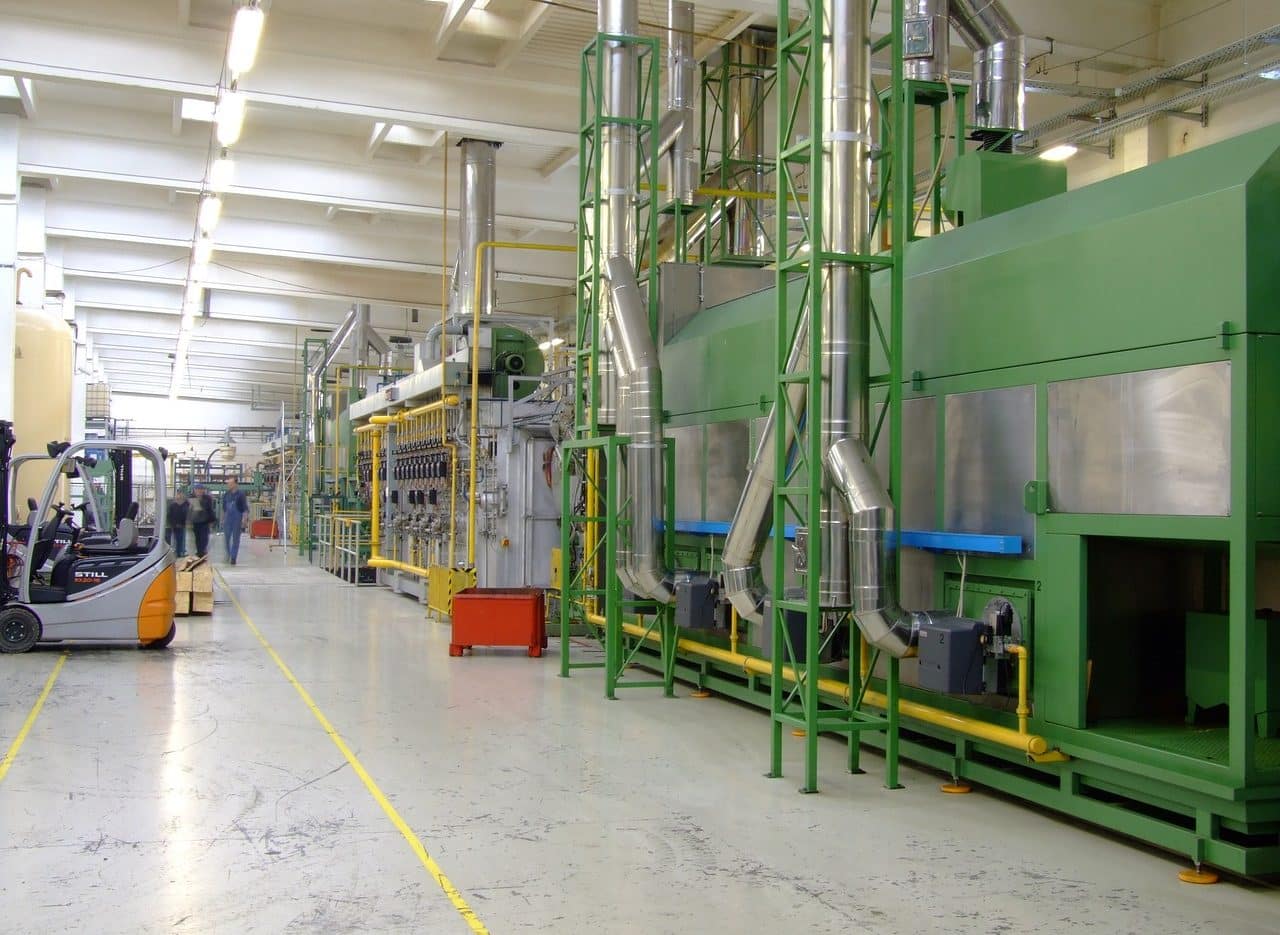
The life cycle of a product includes the phases of planning, development, market introduction, growth, consolidation or maturity, decline and withdrawal from the market.
The product life cycle is a concept that refers to a theoretical model in which the phases that are passed through from the conception and emergence of an article or service until its withdrawal from the market are grouped, marking the end of said element or service. service.
The process, as can be seen from reality, begins with an instance of product development and its introduction into the market to begin sales through previously defined distribution channels . The period of increased demand and rapid expansion of its reach marks a takeoff that translates into product growth . Later, there is stability accompanied by a deepening of competitiveness : this is the time that experts on the subject define as the period of product maturity .
The final stretch is characterized by the decline of the product as a result of the appearance of superior options that arouse greater interest in consumers and, therefore, overshadow the original article, generating fewer and fewer sales.
Importance of the product life cycle
Knowing and closely following the product life cycle is of utmost importance for the business/commercial field since through monitoring it is possible to see if the initial plans are viable and if they are progressing according to forecasts.
By analyzing the data obtained in each instance, the success of a project is established, whether the business is profitable or what needs to be improved in order to reduce the chances of failure in future developments or launches. It is constant learning but clarity, entrepreneurial spirit, strategic vision and mastery of each task, objective or stage are required when assuming the risk of conceiving, designing, launching and sustaining a product .
Market research and product innovation are essential actions to offer an original idea that stands out from the competition and can seduce potential buyers. If you fail in these stages due to lack of knowledge of the market or due to poor or insufficient strategies, it will be difficult to achieve good results.
In every company it is essential to understand, respect and analyze the life cycle of a product or service if efficient marketing planning and optimal project management are sought.

To make a difference compared to competitors, position itself in the market and achieve leadership, a company must commit to the quality of what it sells but also try to ensure that the customer experience with its brand or company is unbeatable.
Strategies for each phase
Thinking about product positioning and covering unexplored market spaces with their innovations or providing solutions, companies design and implement multiple strategies in each phase of the life cycle of the items they develop.
To present a new element to society, specifically, launch strategies are used. Organizing an event, holding raffles and carrying out dissemination campaigns in the mass media and/or social networks are very useful actions that should be accompanied with promotional audiovisual content, a press kit, limited-time offers or discounts, etc.
Standing out among so much competition, that is, distinguishing yourself and not being just another firm, is another of the corporate challenges . At that point it is vital to define and implement a differentiation strategy that can focus either on costs/prices, marketing tactics or advertising actions.
When the period of decline has already passed, brand revitalization or an exit strategy are appropriate when the aim is to renew general interest in a certain merchandise, the intention is for income to be maintained for a while longer and the aim is that, in definitively, said product can be gradually and orderly removed.
In addition to the lines mentioned above, in the business universe, promotion and advertising maneuvers, pricing strategies and procedures aimed at customer loyalty and retention coexist and feed back or complement each other. Without losing sight of the fact that the buyer is attracted, convinced and maintained by providing a first-class experience supported by excellent customer service and high quality products, investments in merchandising , email marketing campaigns , advertising in online and presence on social networks , for example.

Implementing marketing and commercialization strategies, just-in-time production, good quality control and business intelligence is key to promoting, strengthening and accompanying the life cycle of a product.
Sustainable philosophy in the product life cycle
Sustainability is gaining more and more value in today's world. That is why the number of consumers and companies that follow lifestyles and philosophies that distance themselves from waste and fast fashion by embracing the guidelines of sustainable fashion , ecological products and the circular economy continue to increase.
Packaging and labeling , meanwhile, accompany environmentally friendly behaviors while being sustainable .
On the part of companies, taking care of each instance of the product life cycle is essential so that the lowest possible percentage of environmental impact or carbon footprint is generated throughout the process. Users, meanwhile, save money and take care of the planet when they recycle and reuse footwear, clothing, accessories or other items with the intention of prolonging their useful life .
